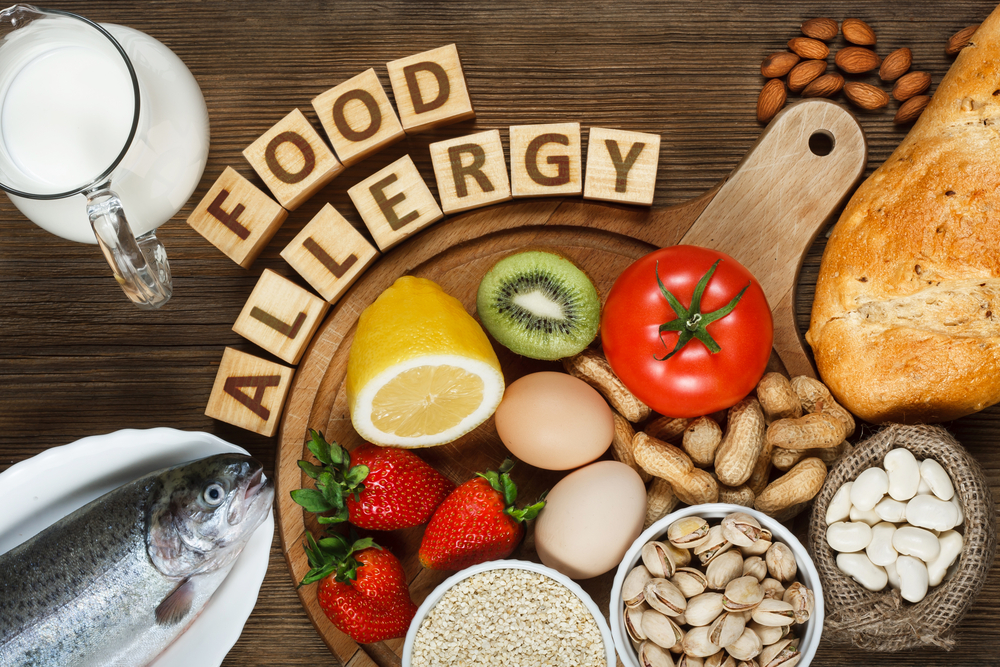Nearly everyone has suffered from colds, the flu, or sinus and ear infections. Just as…
ANAPHYLAXIS
Allergies to food, insect stings, medications and latex are most frequently associated with a life-threatening allergic reaction known as anaphylaxis. The early symptoms may be mild, such as a runny nose, a skin rash or a “strange feeling.” These symptoms can quickly lead to more serious problems, including: tightness of the throat, trouble breathing, hives or swelling, nausea, vomiting, diarrhea, low blood pressure, rapid heart rate, and cardiac arrest. Understanding anaphylaxis and the things that can trigger this severe allergic reaction will help you manage your condition. Anaphylaxis needs immediate medical attention. Call 911 and get to the nearest emergency facility at the first sign of anaphylaxis, even if you have already administered epinephrine, the drug used to treat severe allergic reactions. If you have had an anaphylactic reaction in the past, you are at risk of future reactions. Think about what you might have eaten or come in contact with – food, insect sting, medication, latex- that may have led to the reaction because avoidance is the best way to prevent anaphylaxis. For the best allergy care, it is important that you consult a Board Certified Allergist for allergy testing, diagnosis and ongoing management of your allergic disease. Carrying an epinephrine kit at all times and informing friends and family of your condition, your triggers and how to use epinephrine is very important. It is also recommended that you wear an emergency medical bracelet or necklace identifying yourself as a person at risk of anaphylaxis.



